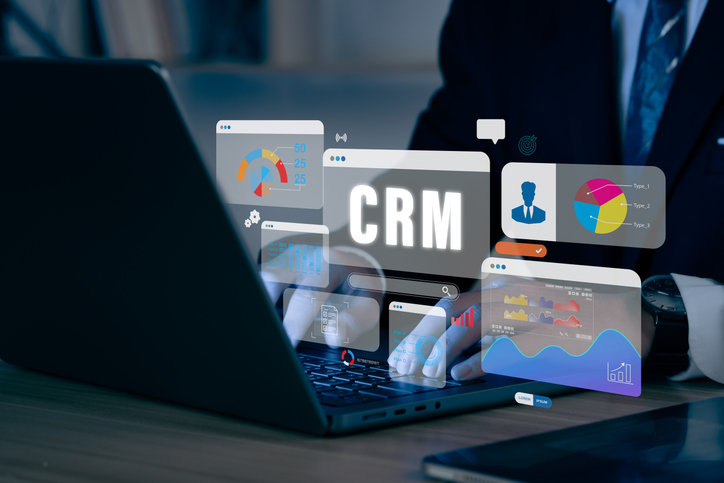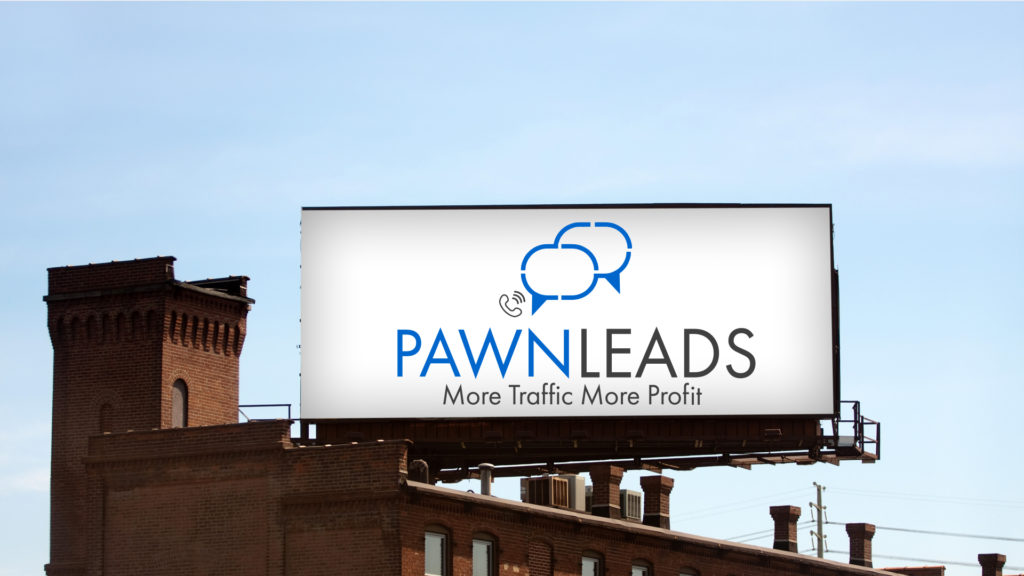Digital advertising has become an essential component of any successful marketing strategy. In today’s fast-paced, technology-driven world, businesses must find ways to maximize their return on investment (ROI) when running ad campaigns on platforms like Google and Facebook. Understanding the concept of ROI and implementing effective strategies can significantly improve the performance of these campaigns. This article will explore the importance of ROI in ad campaigns, how to calculate ROI for Google and Facebook ads, the key elements of successful ad campaigns, and 10 proven strategies for optimizing ROI.
Understanding ROI in Digital Advertising
ROI, or return on investment, is a crucial metric for measuring the success of any marketing campaign. It determines the profitability of an investment by comparing the amount of money gained or lost relative to the amount invested. In the context of digital advertising, ROI provides insights into the effectiveness of ad campaigns and helps businesses make data-driven decisions to optimize their marketing efforts.
The Importance of ROI in Ad Campaigns
ROI serves as a vital performance indicator for ad campaigns on platforms like Google and Facebook. It allows businesses to evaluate the success of their marketing efforts and make informed decisions about future investments. By tracking ROI, businesses can identify which campaigns generate the most revenue, allowing them to allocate resources effectively and maximize their return.

Calculating ROI for Google and Facebook Ads
Calculating ROI for Google and Facebook ad campaigns involves comparing the amount of money spent on advertising with the revenue generated from those ads. The formula for calculating ROI is:
ROI = (Revenue – Cost of Advertising) / Cost of Advertising
This formula provides a clear measure of the effectiveness of ad campaigns by representing the percentage of return on each dollar invested. By monitoring ROI, businesses can identify underperforming campaigns and make necessary adjustments to improve their returns.
However, it’s important to note that calculating ROI for digital advertising can be more complex than a simple formula. There are various factors that need to be considered to get a comprehensive understanding of the return on investment. For instance, businesses need to account for the time and effort spent on creating and managing ad campaigns, as well as the indirect benefits that may not be immediately quantifiable.
Additionally, ROI analysis should not be limited to individual campaigns. It is essential to analyze the overall ROI of the digital advertising strategy. By looking at the bigger picture, businesses can identify trends and patterns that can guide future decision-making. For example, they may discover that certain types of ads or targeting strategies consistently yield higher ROI, leading to a more focused and effective marketing approach.
Furthermore, ROI analysis can provide valuable insights into customer behavior and preferences. By examining the ROI of different ad campaigns, businesses can gain a deeper understanding of what resonates with their target audience. This knowledge can then be used to refine marketing strategies, create more personalized campaigns, and ultimately drive higher returns

Key Elements of Successful Ad Campaigns
When it comes to running successful ad campaigns on Google and Facebook, several key elements must be considered. Identifying the target audience, creating compelling ad content, and tracking and analyzing performance are crucial factors for ensuring maximum ROI.
Target Audience Identification
Before launching an ad campaign, businesses must determine their target audience. Understanding the demographics, interests, and behaviors of the target audience enables businesses to create personalized ad campaigns that drive higher engagement and conversions. Conducting market research, analyzing data, and leveraging audience targeting tools provided by Google and Facebook can help identify the right audience for a campaign.
For example, let’s say a company is selling luxury skincare products. Through market research and data analysis, they discover that their target audience consists of affluent women aged 35-55 who are interested in anti-aging solutions. Armed with this information, the company can create ad campaigns specifically tailored to this audience, showcasing the benefits of their products in addressing common skincare concerns associated with aging.
Ad Content and Design
The content and design of an ad are paramount to its success. Compelling ad content that resonates with the target audience, coupled with visually appealing designs, can significantly improve ad performance. Clear and concise messaging, captivating images or videos, and compelling calls to action are essential elements for creating ads that drive clicks and conversions.
Let’s take the example of a fitness apparel brand targeting health-conscious millennials. To create compelling ad content, the brand could highlight the versatility and comfort of their activewear, emphasizing how it enhances performance during workouts. They could also incorporate user-generated content, featuring real customers showcasing their fitness journeys while wearing the brand’s products. This approach not only resonates with the target audience but also builds trust and authenticity.
Tracking and Analyzing Performance
Tracking and analyzing the performance of ad campaigns is crucial for optimizing ROI. Utilizing analytics tools provided by Google and Facebook allows businesses to track key metrics such as impressions, clicks, conversions, and overall campaign performance. By understanding which campaigns are delivering the best results, businesses can make data-driven decisions to allocate resources effectively and improve overall performance.
For instance, let’s say a restaurant chain is running multiple ad campaigns to promote their new menu items. By closely monitoring the performance metrics, they discover that one particular campaign targeting lunchtime diners is generating significantly higher conversions compared to the others. Armed with this insight, the restaurant chain can allocate more resources to this campaign, adjust their messaging to further resonate with the lunchtime audience, and potentially expand their offerings during that time to capitalize on increased demand.

Proven Strategies for Maximizing ROI
Maximizing ROI on Google and Facebook ad campaigns involves implementing a range of proven strategies. Leveraging Google’s ad tools, harnessing the power of Facebook ads, and conducting A/B testing are effective approaches to boost campaign performance.
Leveraging Google’s Ad Tools
Google provides various tools to help businesses optimize their ad campaigns. Using tools such as Google Ads, Keyword Planner, and Analytics can enhance targeting, keyword selection, and tracking capabilities. By leveraging these tools, businesses can refine their campaigns, increase visibility, and ultimately drive higher ROI.
For example, Google Ads allows businesses to create highly targeted ads that appear on relevant search results pages and websites within the Google Display Network. With the Keyword Planner, businesses can discover new keywords and gain insights into their search volume and competition, enabling them to optimize their ad campaigns for maximum reach and relevance. Additionally, Google Analytics provides valuable data on user behavior, allowing businesses to track the effectiveness of their campaigns and make data-driven decisions to improve ROI.
Harnessing the Power of Facebook Ads
Facebook’s robust advertising platform offers businesses the opportunity to reach a vast audience with highly targeted campaigns. By utilizing features like audience insights, custom audiences, and lookalike audiences, businesses can precisely target their ideal customers.
With audience insights, businesses can gain valuable information about their target audience, such as demographics, interests, and behaviors. This knowledge can be used to create highly targeted ads that resonate with the intended audience, increasing the chances of engagement and conversion. Custom audiences allow businesses to target specific groups of people, such as existing customers or website visitors, ensuring that their ads are seen by those who are most likely to be interested in their products or services. Furthermore, lookalike audiences enable businesses to expand their reach by targeting users with similar characteristics to their existing customer base.
Additionally, Facebook’s ad optimization algorithms can help businesses maximize ROI by automatically delivering ads to the most responsive audience segments. By analyzing user behavior and engagement patterns, these algorithms can optimize ad delivery to ensure that ads are shown to the most relevant and interested users, increasing the likelihood of conversions and maximizing ROI.
A/B Testing for Ad Optimization
A/B testing, also known as split testing, is a powerful technique for optimizing ad campaigns. By creating multiple versions of ads and testing them against each other, businesses can identify which variations perform better.
For example, businesses can create two versions of an ad with different headlines, images, or calls to action, and then run them simultaneously to see which version generates more clicks or conversions. This allows continuous optimization and improvement based on data-driven insights, ultimately leading to higher ROI.
Furthermore, A/B testing can also be used to test different targeting options, ad placements, or ad formats, helping businesses identify the most effective combination for their specific goals. By constantly experimenting and refining their ad campaigns through A/B testing, businesses can stay ahead of the competition and continuously improve their ROI.
Advanced Techniques for ROI Optimization
Once the basic strategies are in place, businesses can explore advanced techniques to further boost ROI. Utilizing retargeting strategies, exploring programmatic advertising, and optimizing ads for mobile platforms are effective methods for reaching the right audience at the right time.
Utilizing Retargeting Strategies
Retargeting involves showing ads to users who have already interacted with a business’s website or previous ads. By targeting these users, businesses can effectively re-engage them and increase the chances of conversion. Retargeting campaigns can be set up on both Google and Facebook, allowing businesses to maximize ROI by leveraging their existing audience and increasing conversion rates.
Exploring Programmatic Advertising
Programmatic advertising involves using artificial intelligence and algorithms to automate the buying and placement of ads. This technique enables businesses to reach a highly targeted audience in real-time, maximizing the chances of engagement and conversion. Programmatic advertising can be particularly effective when used in combination with data-driven insights and audience segmentation.
Optimizing Ads for Mobile Platforms
With the increasing use of smartphones, businesses must optimize their ads for mobile platforms. Mobile advertising offers unique opportunities to reach users anytime, anywhere. By designing mobile-friendly ads and utilizing mobile-specific ad formats, businesses can improve user experience and drive higher engagement and conversions, ultimately increasing ROI.
In conclusion, maximizing ROI in Google and Facebook ad campaigns requires a comprehensive understanding of the key elements of successful campaigns and the implementation of proven strategies. By identifying the target audience, creating compelling ad content, and tracking and analyzing performance, businesses can optimize their campaigns and drive higher ROI. Furthermore, exploring advanced techniques like retargeting, programmatic advertising, and mobile optimization can take campaigns to the next level. By continually refining and optimizing ad campaigns, businesses can ensure they are getting the most out of their investments in digital advertising.



